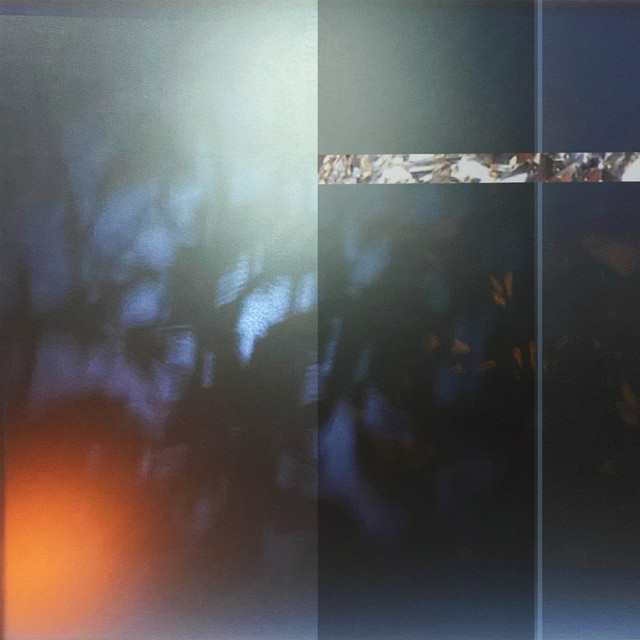Ask someone why diamonds are expensive and they’ll probably say diamonds have value because they’re rare. Y’know, supply and demand.
This makes logical sense. And it’s also untrue.
Diamonds were rare. For centuries only royalty wore diamonds because they were exceedingly hard to find and get out of the earth. But then the 20th century rolled around and technology made finding and extracting diamonds simpler. A couple of South African farmers named De Beers discovered that their farm was sitting on an enormous deposit of diamonds, and suddenly supply wasn’t a problem anymore.
The trick was to boost demand, and that’s where another 20th-century technique – marketing – took over. Once the De Beers company had built a monopoly, clever advertising minds convinced generations of young couples that despite the previously common practise of using rubies or sapphires on engagement rings, the only stone worthy of that particular piece of jewellery was a diamond.
Advertisers convinced us that a diamond was (more than any other stone for some reason) forever. This cultural agreement that diamonds are special has given us the perception that they must, because they are so special, also be rare.
Diamonds are not rare at all; in fact, we’re growing them.
It’s true: modern labs use bits of carbon and specialized equipment to “grow” diamonds. These lab-grown diamonds are molecularly identical to mined diamonds, and the difference is invisible even to trained eyes.
But lab-grown diamonds aren’t necessarily for the engagement ring market. As well as being sparkly and pretty, diamonds are also useful. In addition to their utility in tools made for cutting, they are also good semiconductors. Some experts believe that as computers become more powerful, diamonds (lab-grown ones) will replace silicon as that vital ingredient in our devices.
This will likely lead to a boom in the lab-grown diamond industry, and reduced demand for the labour-intensive, ethically suspect, and environmentally devastating practise of diamond mining. Which means, in a funny twist, that diamonds extracted from the earth will likely become rarities again.
If all this is interesting to you, you should listen to this podcast, which is where I learned most of what I’ve just related to you. If not, skip it and just enjoy this lovely tune by British producer and instrumentalist Catching Flies.
What makes this a beautiful song:
1. The main keyboard he uses has such a wonderful sparkle to it.
2. Other instruments subtly make their way into the mix as it progresses; my favourite is the upright bass that provides a nice counterpoint to the keyboard sparkle.
3. The tempo keeps shifting between a steady 70-or-so bpm to a looser, slower pace. As if the composer is manipulating supply and demand.
Recommended listening activity:
Holding something in your hands that has high personal value and low market value.
